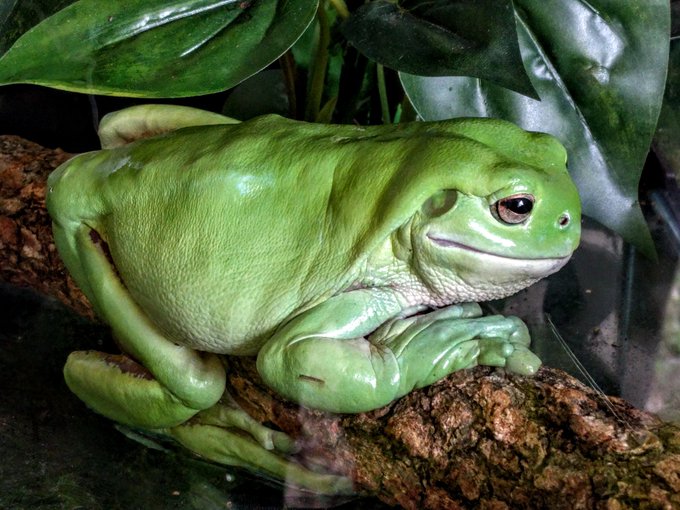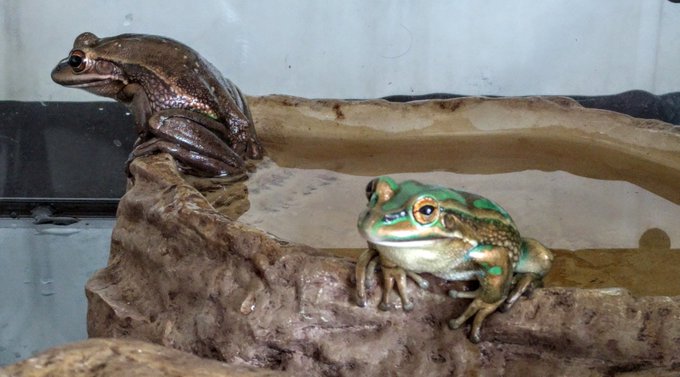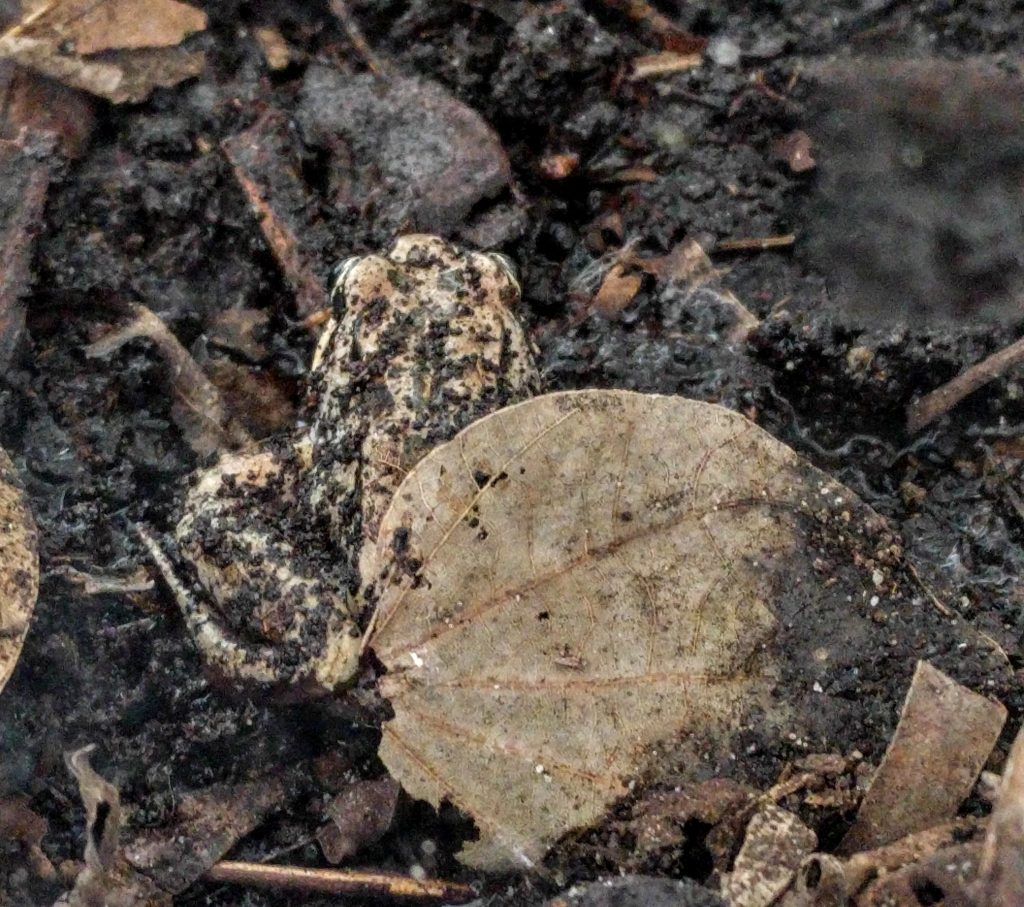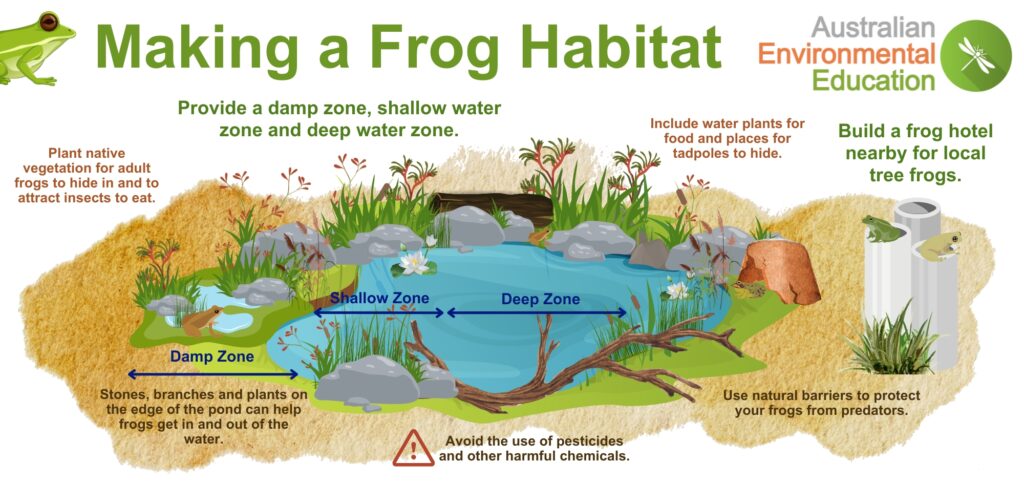Encourage frogs to come to live and breed in your backyard. Create a small shallow pond in an area that is partly shaded or install Frog Tubes. Include thick ground hugging plants around part of the pond to provide areas of warmer and cooler water. Your pond will need some sunlight to encourage algae and other plants that provide food for tadpoles. Make sure the banks slope gently so that the frogs can get out. Add some rocks and logs to provide shelter for adult frogs.



Frogs require moisture to survive and to breed because during the tadpole phase of their life cycle, they are dependent on water. Depending on their habitat, some tadpoles will develop more quickly than others due to limitations on water sources. They are also very sensitive to water loss because their skin is permeable. This also means Frogs are really sensitive to chemicals. Frogs can end up absorbing chemicals that could harm or potentially even kill them. Pesticides can also deplete the frogs’ food source. Remember the more frogs you have in your garden the more insects and spiders they will eat.
There are a lot of different ways to create a frog friendly garden
Step 1: Reducing chemicals use in your garden.
Step 2: Creating a Frog Habitat
Step 3: Wait, if you build it they will come
Frog Ponds
- Ensure that your pond has shallow and deep areas of water, with a minimum of 50 cm in the deepest parts.
- Add in rocks, pebbles and dirt to cover the bottom of your pond
- This will help to make sure that the sides aren’t too slippery for your frogs to get in and out.
- Add mulch, leaf litter, rocks and logs around the outside
- This will give your frogs somewhere to hide from predators and to keep cool during the day.
- Check your local nursery for good native options for your area! Some options are:
- Tussock Sedges,
- Sedges and Nardoo for the shallow end
- Marsh Flower, Purple Loosestrife, Tassel Sedge and Water Ribbons for deeper areas
- Lomandra, Kangaroo Grass, Swamp Banksia, Saw-Leafed Sedge and Native Ginger for around the edges
- Native fish are great for mozzie control, the Pacific Blue Eye and Australian Smelt make great choices.

Frog Hotels
Not all frogs want to live in a pond! You can use PVC pipe to create a habitat for tree frogs. Frog Tubes are an easy way to provide somewhere safe for tree frogs to live too. Use a 1 metre length of PVC pipe and stick the base in the ground. It provides a really moist environment for tree frogs for them to hide. You can also make a Frog Hotel, check out the video below for step by step instructions.
Learn more about your local frogs
- https://www.frogid.net.au/
- https://www.backyardbuddies.org.au/explore/frogs
- https://frogs.org.au/frogs/of/New_South_Wales/
Attracting Wildlife to your backyard
Attracting birds to your backyard
Attract birds to your backyard by creating a garden that will provide food, shelter and nesting materials and sites. Local flowering plants and fruit trees provide birds with nectar and seeds. To provide birds with some protein rich food, use mulch to encourage worms, insects and grubs to thrive. Plant dense prickly native shrubs for shelter, hang up nesting boxes and install a bird bath.
Minibeasts in your backyard
Not all bugs are pests. Good bugs pollinate plants, break down dead flora and fauna, aerate the soil and provide for other wildlife. They can even help keep harmful pests away. Create an inviting environment for good bugs by planting plenty of native plants, wildflowers and herbs and use chemical-free pest control when the pests do creep in.
Find out what else you can do to create a wildlife friendly backyard with the What’s in your Backyard activity series.

